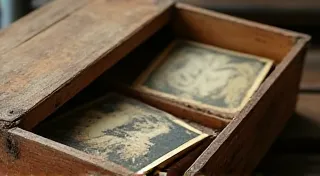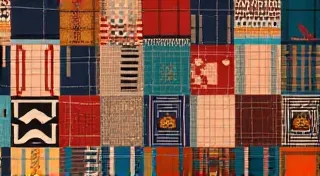Chronicles of the Checkerboard: Documenting Regional Variations in Marble Designs
The humble marble. A sphere of glass, clay, or stone, reflecting childhood games and simpler times. But beneath that apparent simplicity lies a surprisingly rich and complex history – a history deeply interwoven with regional identity, cultural practices, and the ingenuity of craftspeople across generations. As a long-time collector of antique marbles, I’m often struck not just by their beauty, but by the silent stories they tell about the places and people who created them. This article delves into the fascinating world of regional marble design, exploring how geographic locations imprinted themselves onto these miniature treasures.
The truth is, mass-produced marbles standardized much of the industry. But before that, and even alongside it, distinct regional styles flourished. These weren't deliberate efforts to create "regional marbles" per se; rather, they were the organic results of local materials, available tools, and the traditions passed down through families of marble makers.
Consider, for instance, the German “Laternchen” marbles. These, typically swirl or cut glass marbles, drew heavily on the centuries-old tradition of Bohemian glassblowing. The techniques developed in the Bohemian region, known for its exceptional glass artistry, naturally influenced the design and quality of marbles produced in Germany. The characteristic deep colors, often utilizing manganese sulfide for contrasting swirls, speak to a desire for brilliance and artistry that resonated with a region renowned for its glass expertise. My grandfather, a German immigrant, used to tell stories of children trading these marbles, their value tied not just to their rarity but to the pride of their origin. The complexity of coloration and internal structures in these marbles is captivating, a testament to the mastery of early glassmakers. For those interested in the science behind these colors, exploring the Symphony of Silica: Unveiling the Mineralogy of Antique Glass Marbles provides deeper insights.
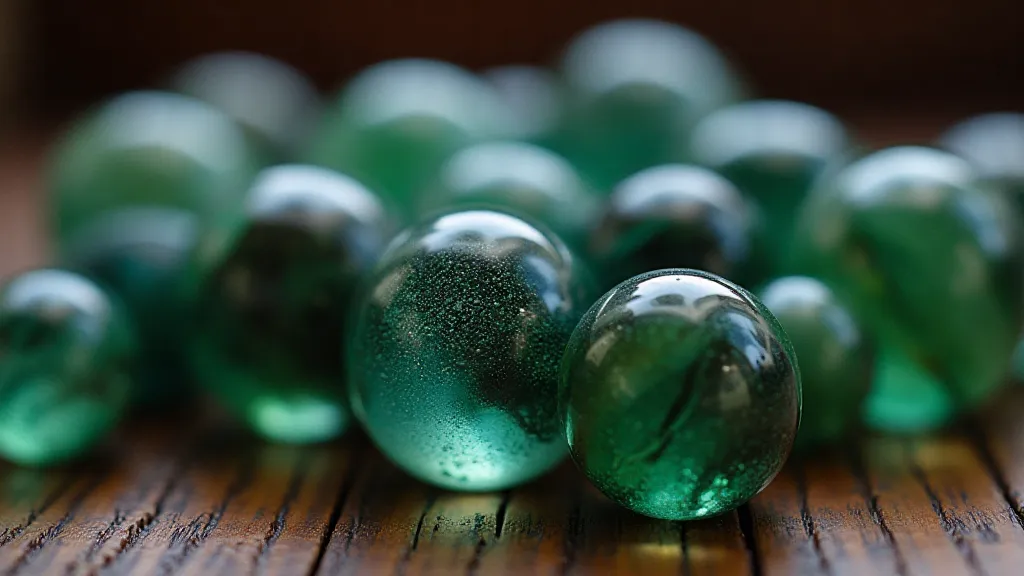
The American Midwest: Clay, Stone, and Rustic Charm
Moving across the Atlantic, the story shifts. In the American Midwest, resources dictated the style. While glass marbles were certainly produced, the prevalence of clay and local stone led to a unique aesthetic. Midwestern clay marbles, often referred to as "agates" due to their banded appearance from multiple layers of fired clay, display a wonderfully rustic charm. They were created by multiple layers of clay, each of a different color, which were then formed, fired and re-fired. They often exhibited a much more organic feel - the patterns imperfect, the shapes sometimes asymmetrical. These weren’t meticulously crafted like their glass counterparts, but the very imperfection spoke of a practicality born of necessity and the enduring appeal of natural materials. The variations in these clay marbles, and the occasional flaws visible within them, highlight the artistry born of imperfection. For those curious about how these quirks and anomalies came to be, a deeper understanding can be found in Fractured Reflections: The Taxonomy of Manufacturing Flaws in Antique Marbles.
I recall finding a small collection of these clay marbles at an antique farm sale in rural Illinois. They were nestled in a dusty box, seemingly forgotten. Holding each one in my hand, I felt a tangible connection to the children who had undoubtedly played with them a century ago. They weren’t flawless, many were chipped or scratched, but they possessed a certain undeniable character—a testament to a life lived close to the land.
New England: Commemorative and Patriotic Designs
New England offers yet another chapter. Here, the influence of local events and patriotic sentiment is strikingly evident. Commemorative marbles, often made of glass, became surprisingly popular. These featured intricate designs depicting local landmarks, historical figures, or scenes from significant events. During the Civil War era, marbles bearing images of Union soldiers or the American flag were relatively common, serving as tangible symbols of unity and resilience. While not produced in mass quantities, their existence demonstrates the desire to personalize and memorialize significant moments in time, even within the realm of children’s games.
The techniques used to create these commemorative marbles were often quite advanced for the time. Engraving, etching, and even rudimentary lithography were employed to transfer images onto the glass surface. The skill and dedication required to achieve these results are truly remarkable, offering a glimpse into the ingenuity and artistic capabilities of 19th-century craftspeople.
The Southeastern US: The Influence of Local Minerals
Traveling south, the landscape and available resources continued to shape marble design. In regions rich in iron ore and other minerals, subtle colorations often found their way into the glass, resulting in marbles with unique and often unexpected hues. These weren’t intentional color additions; they were simply the result of the raw materials used in glassmaking. They represent an unintentional regional marker—a fingerprint of the land itself imprinted onto the glass sphere. The unexpected hues often seen in these marbles are fascinating and reflect the complex mineral interactions during the glassmaking process – a subject examined in more detail in Symphony of Silica: Unveiling the Mineralogy of Antique Glass Marbles.
The scarcity of these "mineral-marked" marbles adds to their appeal. They’re a reminder that the history of marble collecting isn’t just about recognizing intentional designs, but also appreciating the subtle nuances and unexpected consequences of natural processes.
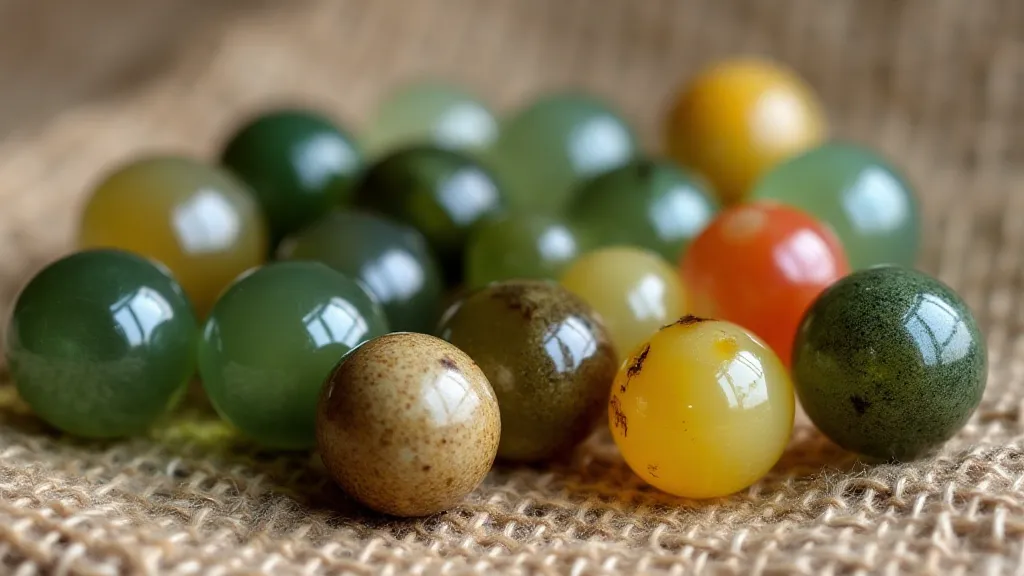
The Transition of Styles: A Look at “Transition” Marbles
It’s also fascinating to observe the periods of transition within marble production. These "transition" marbles, as collectors often refer to them, represent a bridge between older, more traditional methods and the rise of mass production. They often exhibit characteristics of both eras, blurring the lines between handcrafted artistry and factory-made uniformity. They can represent a unique glimpse into the evolution of a craft and the impact of changing industrial practices. Their existence speaks volumes about the interplay of tradition and innovation – an examination further elaborated upon in Ephemeral Dreams: The Allure of 'Transition' Marbles - Between Generations.
Restoration and Collecting: Appreciating the Imperfect History
For the collector, understanding regional variations isn’s just about identifying specific types of marbles; it’s about appreciating the broader historical context in which they were created. It's about recognizing that the “perfect” marble doesn’t necessarily exist. Chips, scratches, and irregularities are often integral to the story, marking a life well-played and a history vividly etched onto the glass.
When it comes to restoration, a cautionary approach is often best. Overzealous cleaning or polishing can erase valuable evidence of a marble’s history, diminishing its character and authenticity. Sometimes, the best approach is to simply accept the marble’s imperfections as part of its charm. The subtle signs of wear and tear, when understood and appreciated, can be just as informative as a pristine, flawless appearance.
Beyond the purely aesthetic appeal, regional variations offer valuable clues for dating marbles and attributing them to specific manufacturers. Careful observation of the manufacturing techniques, color palettes, and design motifs can often provide insights into the provenance and timeline of a marble’s creation. This intricate detective work is what makes marble collecting so endlessly fascinating. This requires not just an eye for beauty, but a keen understanding of the historical and technological context in which these small treasures were made.
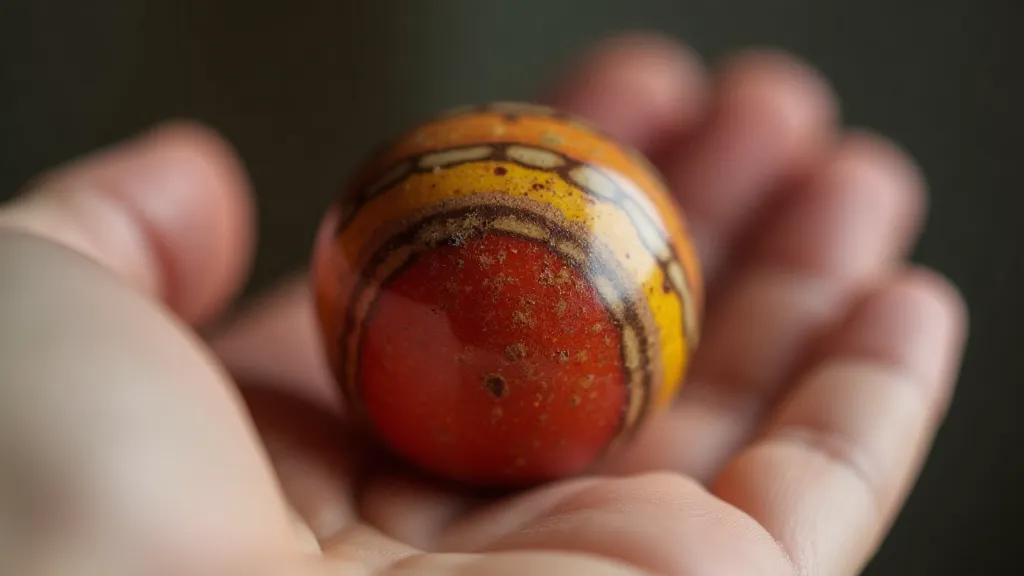
The chronicles of the checkerboard are far from complete. There’s still much to learn about the regional variations in marble design, and new discoveries await those willing to delve into the history. It’s a journey of exploration, not just through the tangible objects we collect, but also through the cultural landscapes that shaped them—a testament to the enduring power of regional identity and the artistry of human ingenuity. The stories held within each marble are a testament to the creativity, resourcefulness, and enduring spirit of generations past, echoing through time in the simple sphere of glass, clay, or stone.



